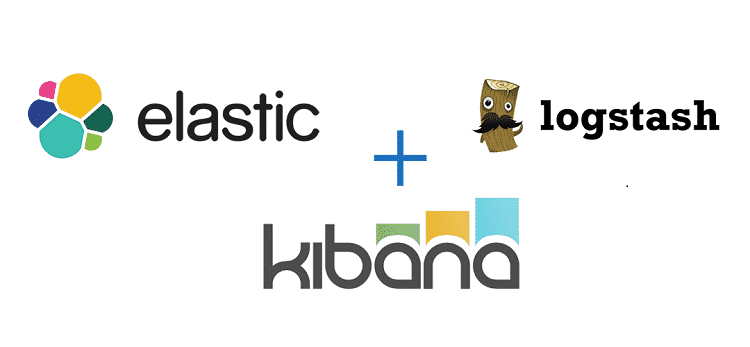Elasticsearch, Logstash, and Kibana are three separate entities. They form the popular ELK stack. They are primarily built to work together. But they are run individually by the popular open-source company Elastic. Elastic started as an enterprise search platform provider, and currently, it has become an analytics software company. The transformation came after the success of ELK stack. The success came after Elasticssearch became widely popular for analytics. The ELK stack provides the solution that many enterprises were facing. The problem was that as the data kept flowing into their systems every day, the analytics was slowing down due to the larger data set and it resulted in sluggish insights.
The Rise Of Elasticsearch Logstash Kibana –
To solve the issue, the search capability of Lucene was brought together with the computing power of Elasticsearch. Additionally, Logstash came in order to modify and normalize the log data. Then came Kibana for its excellent visualization feature and together, we got a complete analytics platform that could compete with the expensive solutions provided by Oracle, Microsoft, and others. Why would any startup and SME pay more when you get the same with reliability and robustness from another platform? One can use ELK stack as a standalone application as well as integrate it with existing applications to import the data. The stack enables you to make real-time decisions like never before.
Elasticsearch –
Elasticsearch is the perfect solution to data extraction problem. It saves a lot of time for the data scientists to work on other significant projects where their attention is required. The following is the reason why Elasticsearch stands out easily in the analytics industry.
Real-time Analytics – most of the companies now wants real-time data analysis. The ELK stack does exactly that, and it lets the users have the power of real-time data insights with super-fast data extractions from all the different types of data sources. Therefore, it provides the power and the speed for real-time working on the data starting from extraction to analysis.
Scalable – The data in any company keep on increasing with time. This is where most of the analytics tools fail to cope up and slow down terribly. With Elasticsearch, it does not matter whether the data collection is small or terribly large, it has the power to provide consistent performance in all the circumstances. In fact, it is best suited for expanding along with the growth in a business. As you grow in capacity, you can add new nodes and Elasticsearch automatically detect the nodes and scale it up for consistent performance.
Full-Text Search and More – Elasticsearch uses Lucene to be the most powerful full-text search platform in the open-source world. It supports multiple languages and extensive query language. Moreover, it supports geo-location, suggestions, and auto-completion. Furthermore, it allows you to store complex real-world entities in JSON documents and you can all the indices in your query language to get the result you desire for.
Logstash and Kibana –
Elasticsearch is the heart of ELK stack, but the two other entities are equally important. Logstash is basically a tool used for data input, processing, and output. From its name, it is easy to understand that it includes all the different types of logs like system logs, error logs, app logs, web server logs, and whatnot. Normalizing all these data and logs should take a lot of time. Therefore, selecting the right tool will determine the speed of the operation. That is where the main task of Logstash comes into play.
Logstash normalizes the data speedily and forwards it to Elasticsearch to process the data and use Kibana for Visualization. Logstash makes it easy to log and store all the data in a centralized location. Therefore, Elasticsearch acts as a backend while Kibana acts as a frontend. Logstash acts as the workhorse for querying and analysis of the stored logs. There are endless inputs, filters, outputs, codecs and much more which make it feature-rich.
Kibana acts as a log-data dashboard. There are various visual means available to get a complete the grip of large data. There are pie charts, bar graphs, maps, scatter plots and trendlines and likewise. You can visualize patterns and trends of the data, and these make it easy for the data scientists to read and interpret. You can use the data and their analysis for the betterment of their business. Besides, you can use their visual forms in meetings and share with others for better communication.
Conclusion –
The ELK stack is competing hand in hand with all the data analytics tools available in the market from the big brands such as Microsoft, Oracle and likewise. The stack solves the basic and deep problems of non-consistency of large data, no centralization, and provides real-time analysis, better visualization and most importantly, the speed and power to the operation with large data which are always growing.


